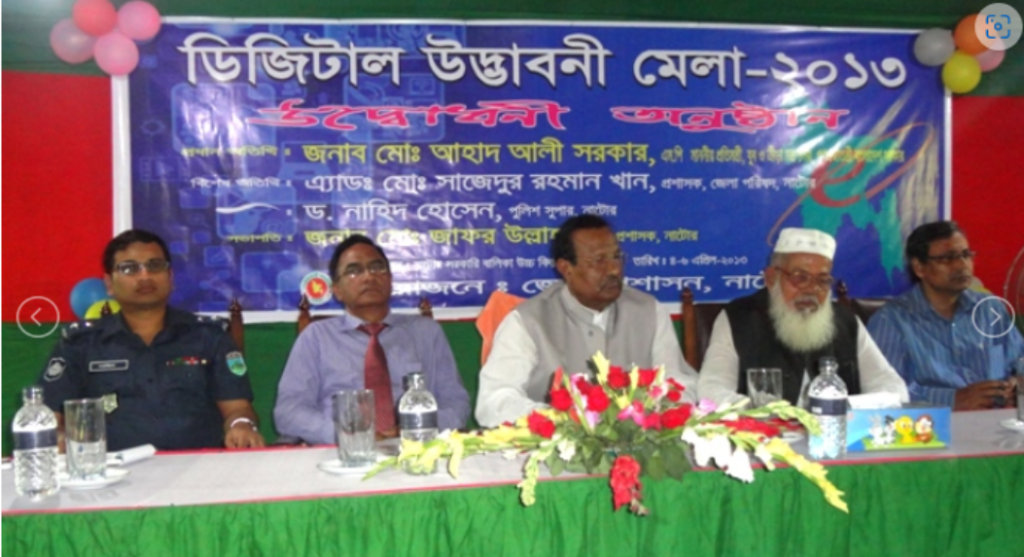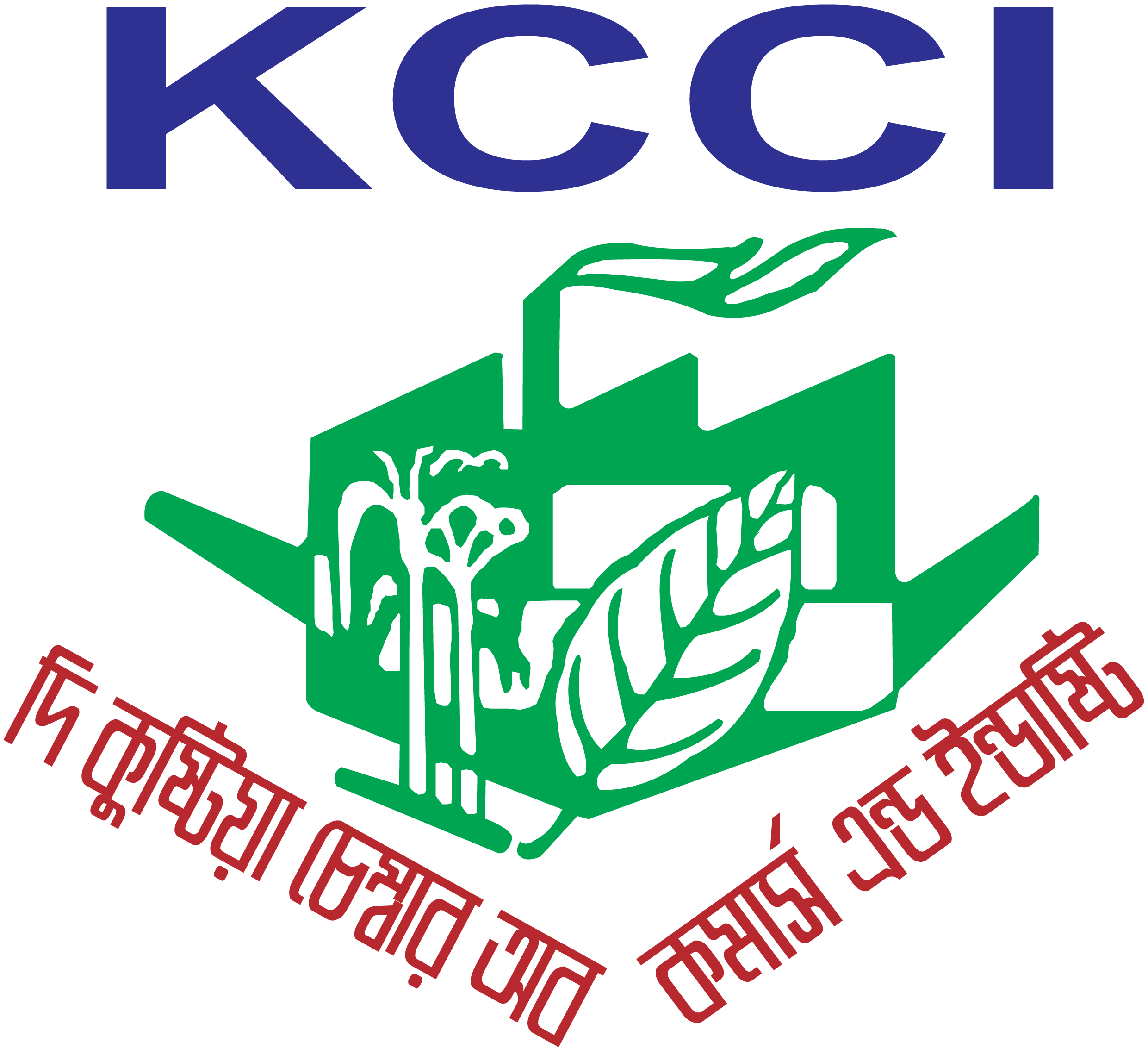History of the district council
In 1816 and 1819, the tax was enacted by the British Government for the management and maintenance of ferries, construction of roads / bridges locally. In 1870, the Bengal Chowkidari Act was enacted.
In 1870, a level-level local government organization was set up in rural areas through the passing of Village Chowkidari Act.
In 1817 the Committee Bill was formed in the British Legislative Council and it became a law in that year. Under this Act, the district board committees are constituted under the district magistrate of each district. A third of this committee was a government employee and two-thirds of the employees were non-governmental. Private members were also nominated by the government. The main task of this committee was to determine the rate of tax, to collect taxes, and to spend money on the construction of roads and repairing. From 1871 to 1885, this committee existed. This was the primary step in forming a local government.
Although the Zila Board Cess Committee has long established the existence of 14 years of existence as the primary foundation for forming local government, the committee could not fully earn public confidence. In the light of the committee’s experience in 1885, the Local Self Government Government Act was made. This act contributes to the sub-continent’s contribution to the formation of local government.
In the year 1885, the Local Self Government Government Act, District District formed the district district in 16 districts. There were 16 district boards: Dhaka, 24 Parganas, Nadia, Murshidabad, Jessore, Khulna, Hooghly, Howrah, Burdwan, Midnapore, Jhukura, Birbhum, Faridpur, Pabna and Patna. Local Local Government is formed in every sub-division of every district, as the local self government is called. The Local Board was acting as the Free Zone of the District Board. From the founding of 1886 to March 1920, the District Magistrate was appointed as the Chairman of the District Board. Local Board of Local Boards was abolished in 1936 with the amended law of the Local Self Government. In the next stage, the District Board becomes the elected representative of the local government through the appointed chairman appointed and the provisions remain valid till 1957.
In 1959, the District Council was named as the District Board under the Basic Democracies Order. In this system the first election was held in the district council in 1963. After the second and last election held in 1966, after the independence of 1972, the newly elected council was demolished by the administration of the Deputy Commissioner as its administrator and all the district council’s governing and supervisory powers were delegated and the district board was named in place of the district council. In 1976 the local government ordinance was issued and the district board was named after the District Council.
According to Section 4 (1) of the Local Government (District Council) Act, 1988, district council was formed in coordination with representatives of members, nominated members, female members and officials. There are provisions for the formation of a council comprising 1 chairman, 15 members and 5 women members of reserved seats in the indirect election system of district council, 2000.
There is a provision for the post of District Secretary, a senior officer of the rank of deputy secretary, and a senior secretary of rank, senior secretary, in the post of deputy commissioner.





